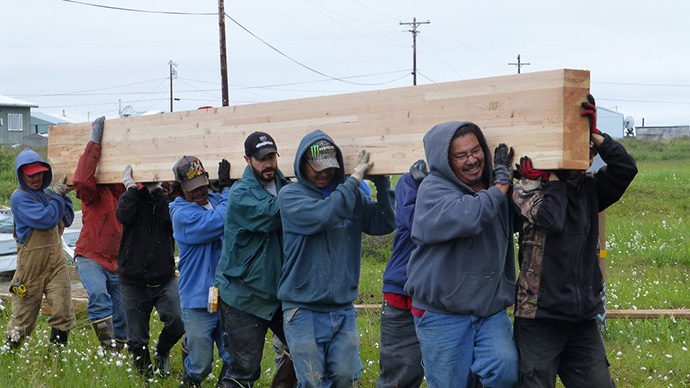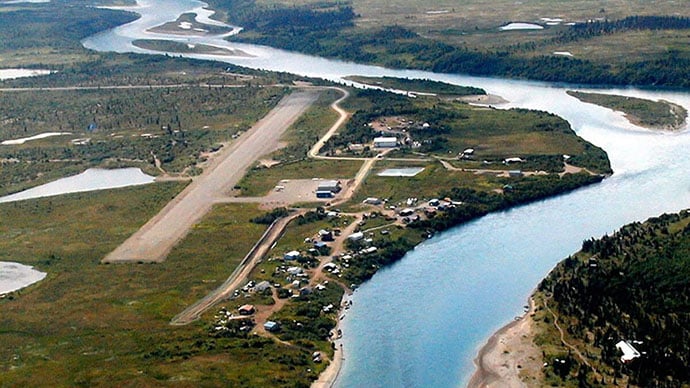Decision Support for Tribes
NLR provides decision support, technical assistance, and resources to assist federally recognized U.S. Tribes and Alaska Native villages with planning and implementing energy solutions.
To provide decision support and collaboratively developed energy solutions, NLR partners with American Indian Tribes and Alaska Native villages, the U.S. Department of Energy (DOE) and other federal agencies, nonprofits, and intertribal organizations.
Technical Assistance
NLR partners with the DOE Office of Indian Energy to provide technical assistance to Tribes and Alaska Native villages. NLR has supported more than 300 high-impact Tribal energy projects since 2012. Tribes can request access to NLR expertise through DOE's Office of Indian Energy.
In addition, Tribes might be interested in these technical assistance offerings through NLR and DOE:

Resources and Tools for Projects
NLR develops and provides resources and tools to assist Tribes in navigating energy projects.
Education and Capacity Building Resources
Explore educational and capacity building resources from DOE's Office of Indian Energy.
Renewable Energy Integration and Optimization
Use this economic decision support platform to optimize energy systems for buildings, campuses, communities, microgrids, and more.
Resilient Buildings for Tribes and Alaska Native Villages
Learn how through NLR's Alaska campus in Fairbanks, NLR partners with Alaska Native villages and Tribes to co-create resilient buildings that thrive in the local environment.
State-Tribal Energy Collaboration
States can successfully achieve Tribal energy goals through resources and tools offered by NLR.
Explore our full list of data and tools.
Success Stories
Publications
Addressing Regulatory Challenges to Tribal Solar Deployment, NLR Technical Report (2023)
Community Energy Planning: Best Practices and Lessons Learned in NREL's Work with Communities, NLR Technical Report (2022)
High-Efficiency Housing at the Fort Peck Indian Reservation, NLR Technical Report (2018)
Techno-Economic Renewable Energy Potential on Tribal Lands, NLR Technical Report (2018)
Solar Energy Prospecting in Remote Alaska: An Economic Analysis of Solar Photovoltaics in the Last Frontier State, DOE Report (2016)
Strengthening Tribal Communities, Sustaining Future Generations, DOE Report (2017)
Military Base Off-Taker Opportunities for Tribal Renewable Energy Projects, DOE Report (2013)
Geospatial Analysis of Renewable Energy Technical Potential on Tribal Lands, DOE Report (2013)
Renewable Energy Development in Indian Country: A Handbook for Tribes, NLR Subcontract Report (2010)
Contact
Share
Last Updated Dec. 7, 2025


